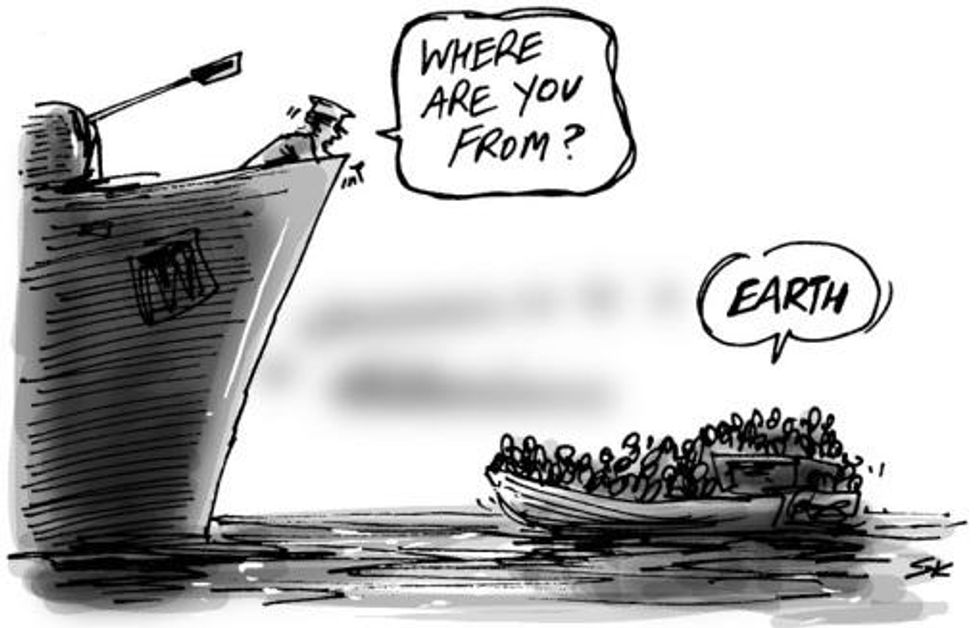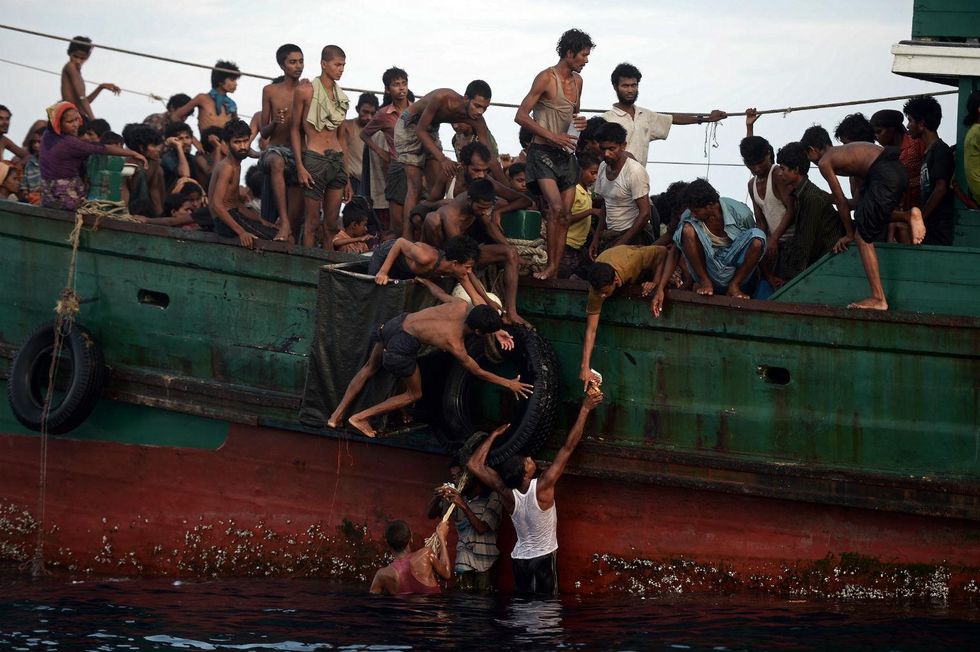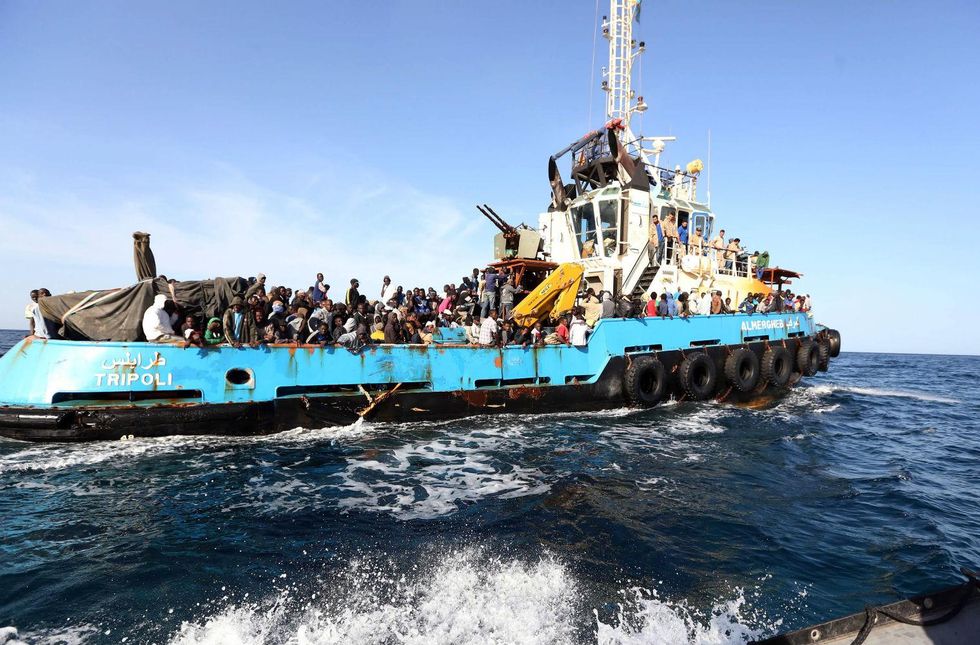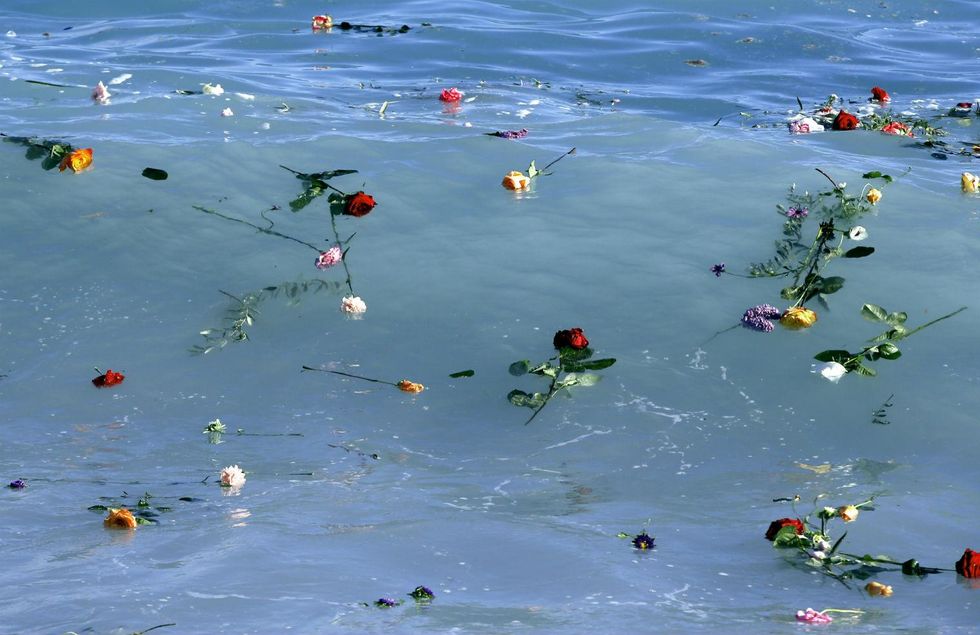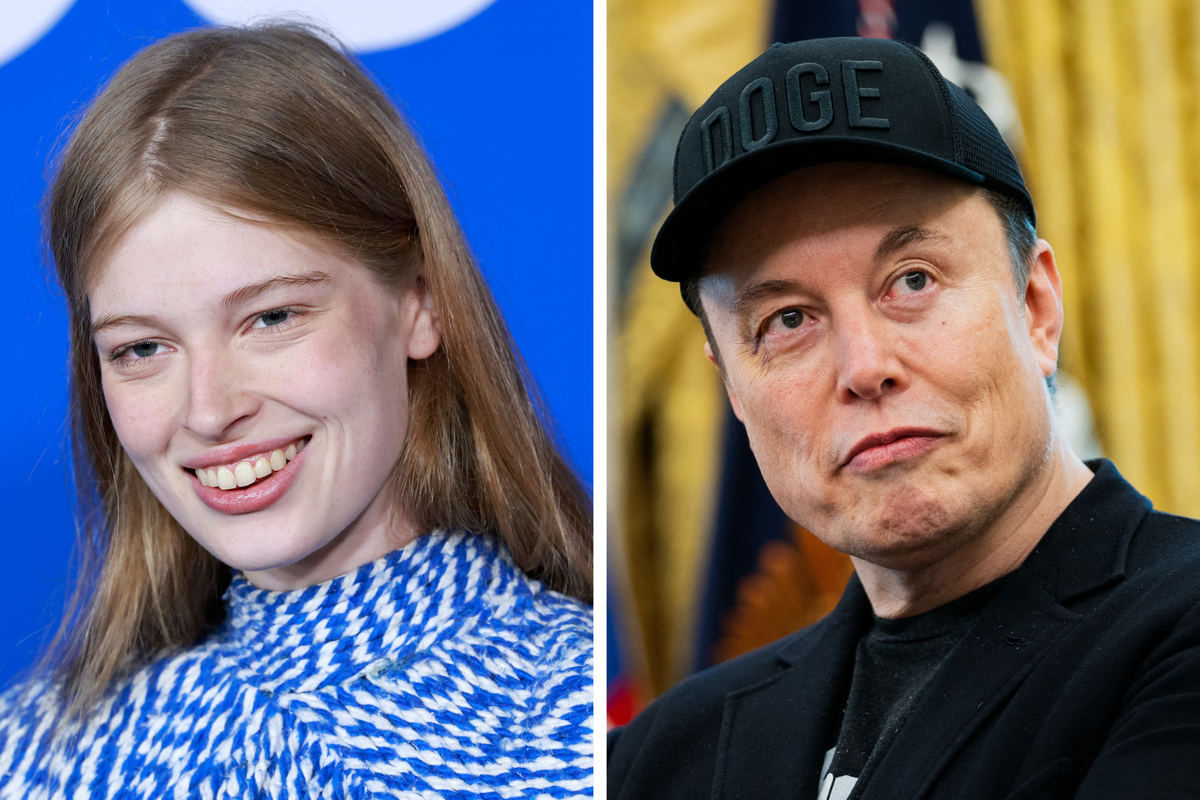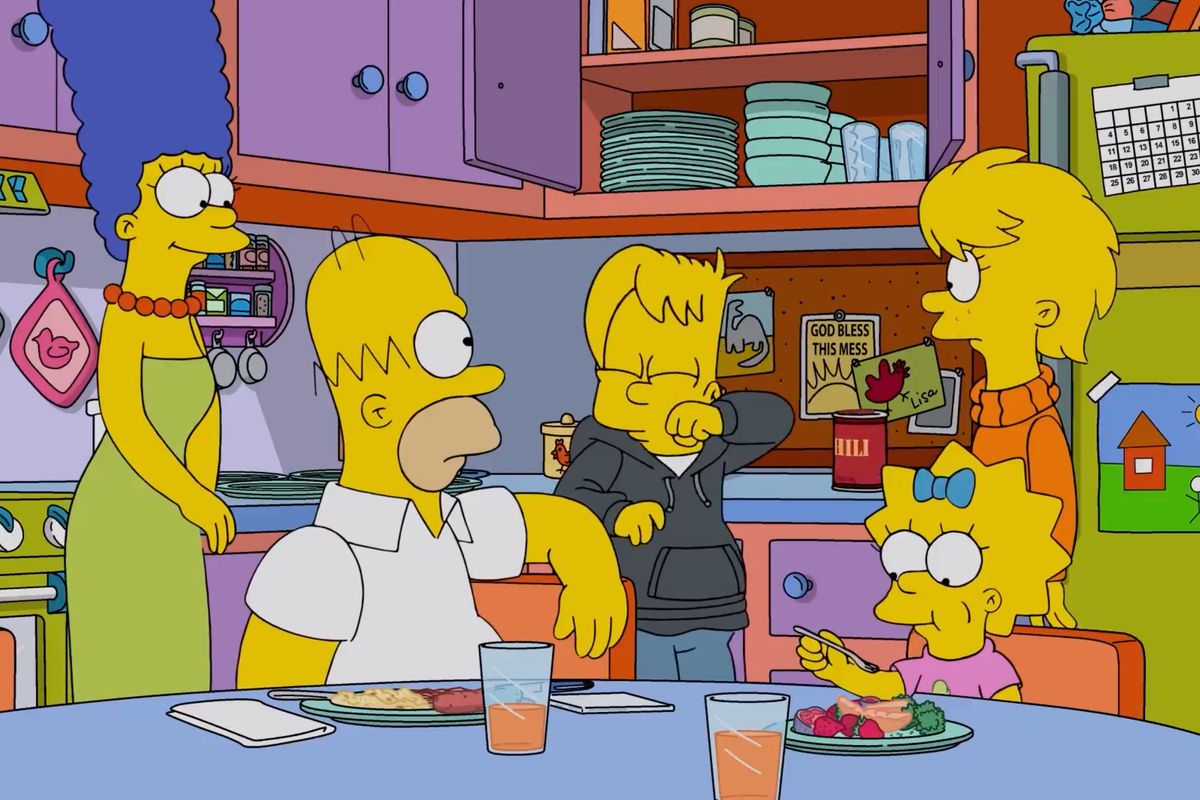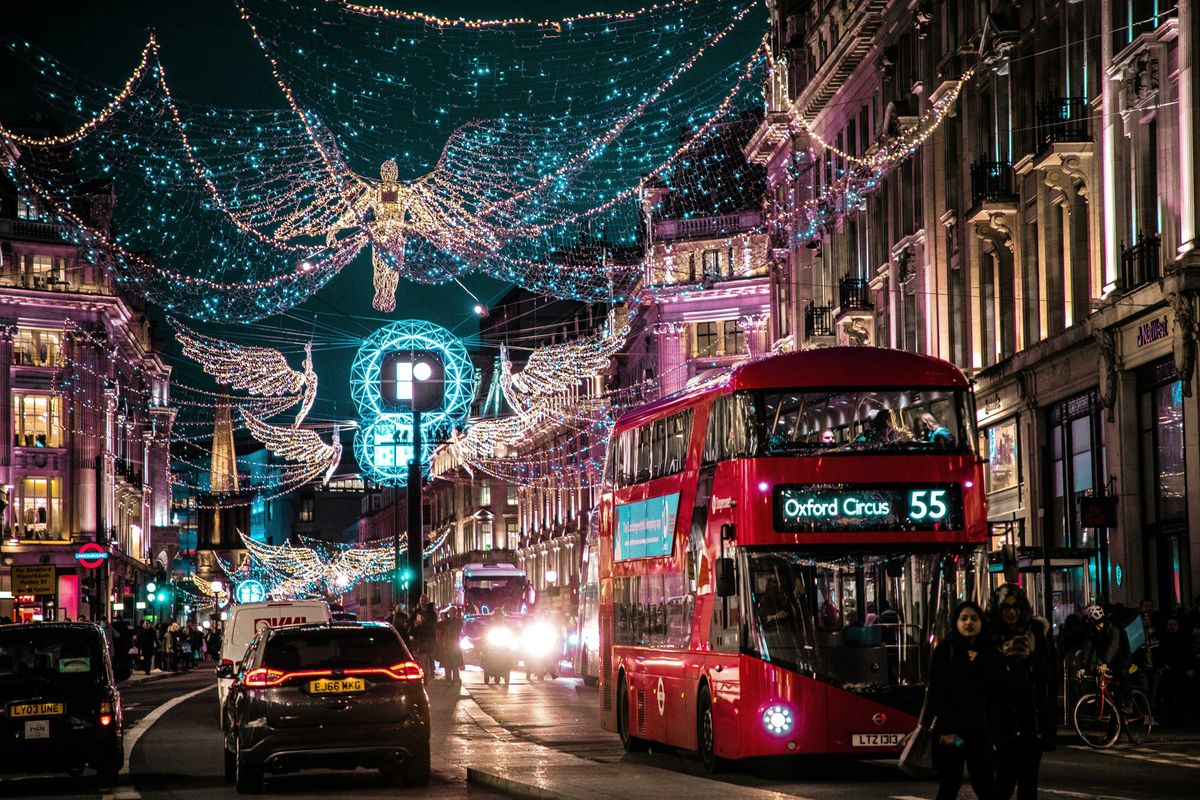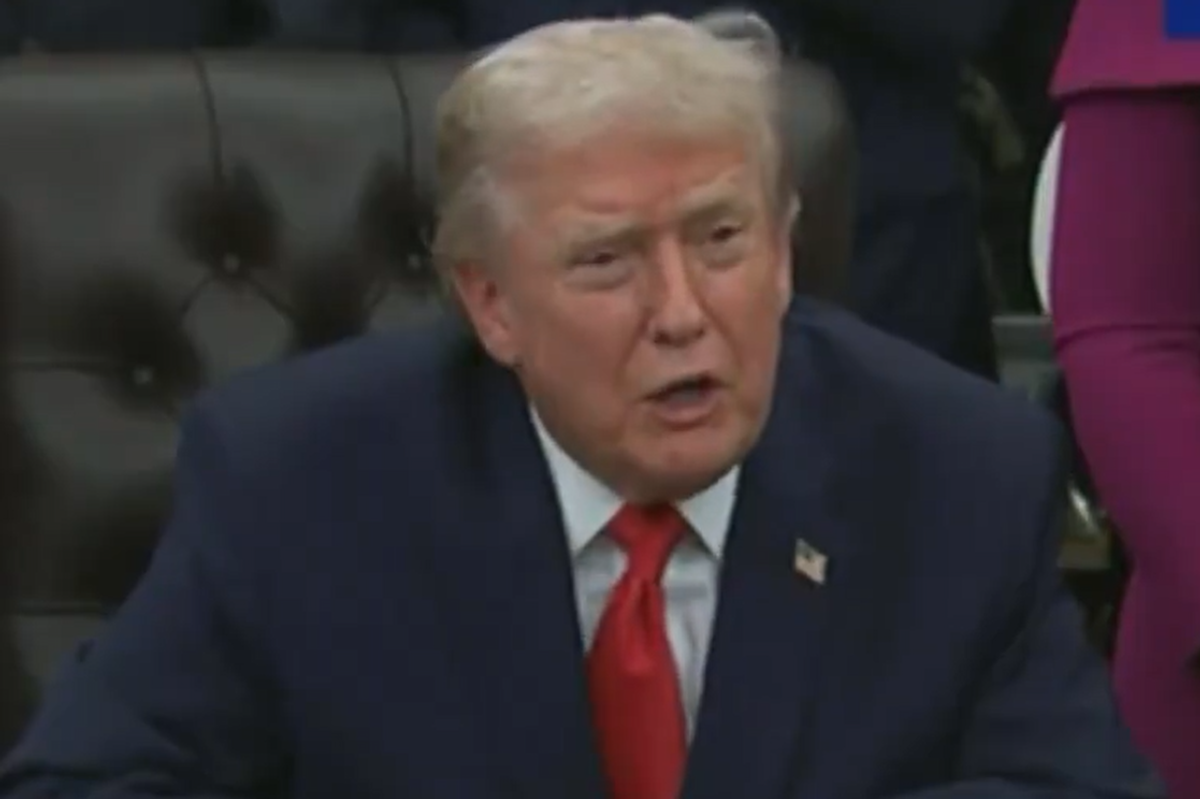News
Matthew Champion
May 20, 2015
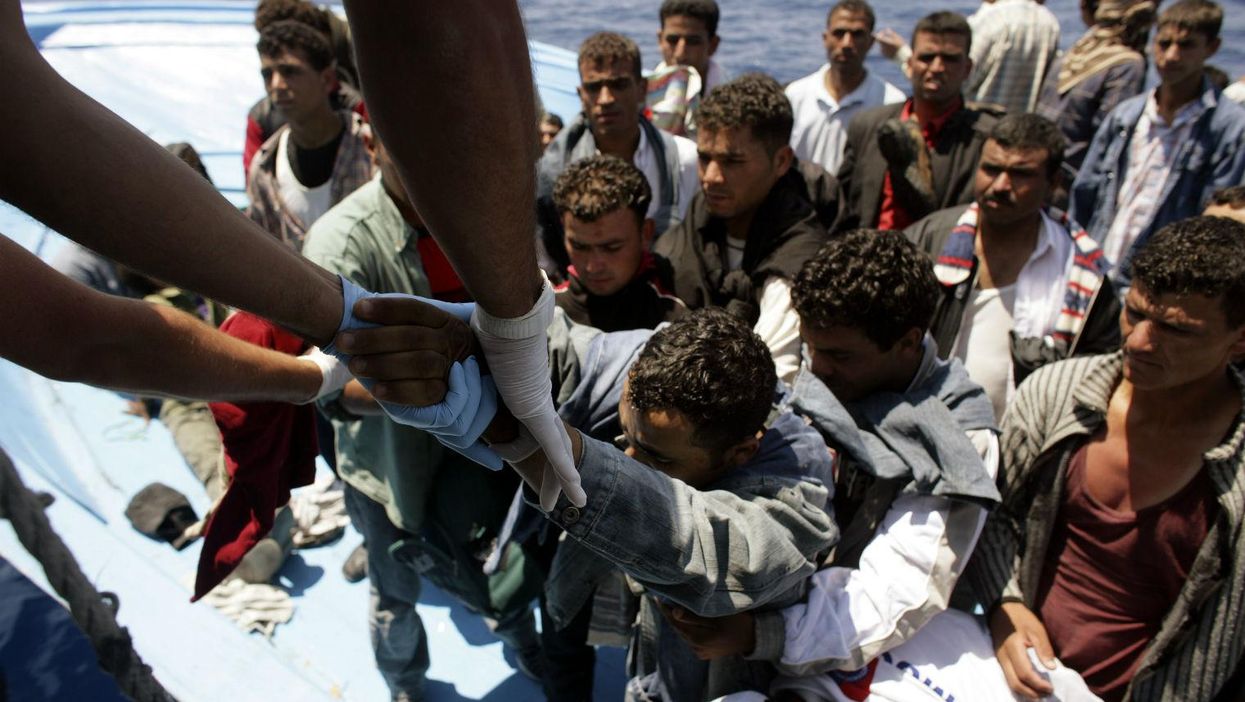
In recent months, Europe has looked on with horror at the deaths of thousands of people in the Mediterranean as they drowned trying to make their way from the Middle East and North Africa into the EU.
Many people have been left alienated by the rhetoric surrounding the story, from accusations of hate speech directed at Sun columnist Katie Hopkins to home secretary Theresa May confirming she wanted to return people fleeing their own countries back to where they came from.
The below cartoon has been shared a lot on social media in relation to the deaths in the Mediterranean.
But the cartoon is actually from 2014 and from Australian cartoonist Simon Kneebone, who drew it in response to boats of people trying to reach Australia from Indonesia.
Sadly, the cartoon could just as easily be applied to the thousands of Rohingya migrants - Burmese Muslims - stranded on boats in the Andaman Sea.
i100.co.uk spoke to Simon to talk about the cartoon, the issues surrounding it, and why it still resonates with people.
What prompted you to draw the cartoon?
"In recent years there have been many boatloads of people, originally from Iraq, Afghanistan, Sri Lanka and now Syria attempting to reach Australia from Indonesia. There have been incidents that have shown just how dangerous the voyage could be - a film of a boat breaking up on rocks at Christmas Island in a storm, refugees struggling in the waves, is hard to forget. However, what inspired the cartoon was the hardening attitude shown by our government in talking about these people. Slogans like 'stop the boats' morphed into 'turn back the boats'; refugees, if they did get picked up, would be sent to offshore detention centres and told that they could expect never to be resettled in Australia. To me this attitude purposely ignored the actual people who were driven to leave their homes, family, culture and former lives. I don't think anyone would do that lightly. So the cartoon tried to take a step back, and show that we are all humans on a small planet, trying to hang on."
Are you surprised that a year on, the issue has gotten so much worse?
"It is depressing, but not surprising. I think that the causes of these great movements of people escaping terrible circumstances, the wars in Iraq and Afghanistan for example, have radiated seismic waves of social collapse that are going to be harder than ever to repair. An unfortunate outcome is that life has become devalued. People have become commodities, trafficked by the disposable boatload, tainted as 'economic migrants' because they paid the traffickers."
Why do you think your cartoon is being shared again now?
"The issues are complicated and complex. I think that we perhaps have mixed emotions, that we might not always be comfortable with. We feel for the refugees but are threatened a bit as well. The cartoon sidesteps getting bogged down in the angst, and says simply that we all fellow humans on this planet… And where we happen to be on the planet isn't that important. I think it is being shared because it resonates with our inner human."
Do you think labels such as 'migrants' or headlines like 'Europe's migration crisis' obscure people's humanity?
"These labels do carry a lot of assumptions - 'migrant' and 'economic migrant' do imply self-determination and financial motivation - upwardly mobile go-getters! They do not explain the reasons why people are heading for Europe (or Australia). Here in Australia 'asylum seeker' is not used, nicely removing the idea that anyone would be seeking asylum. The media cannot speak directly to the refugees. We do not hear their stories and they are anonymous."
The cartoon tried to take a step back, and show that we are all humans on a small planet, trying to hang on.
How is the issue perceived in Australia, as compared to Europe?
"The Australian government's tough stance does resonate with quite a lot of people I suspect. John Howard, a former prime minister said 'we will determine who comes here', which was a 'are you with us or against us?' type of statement. That sort of thing helps some people decide what they think! It is uncomfortable to see other countries in SE Asia using the Australian policy as justification for their treatment of the refugee boats from Myanmar. The attitude in Europe does seem more generous and humanitarian. I do feel that, given the opportunity, very many Australians would welcome and support refugees who came by boat (as we do the refugees who come through the official system). We did have a detention centre a few miles from where I live. There was opposition to it at first, but that waned as the children settled into local schools and the community became involved in various ways. When it was closed, and the refugees moved, there was strong community anger. The local politician explained on radio that as they had stopped the boats they could no longer 'get the stock'."
For more information about what you can do to stop people drowning in the Mediterranean, visit Amnesty International's 'Don't Let Them Drown' campaign page.
Thanks to Simon Kneebone for permission to reproduce the cartoon.
All other images via Getty.
More: [How different European countries feel about helping migrants, in one graphic]3
Top 100
The Conversation (0)
